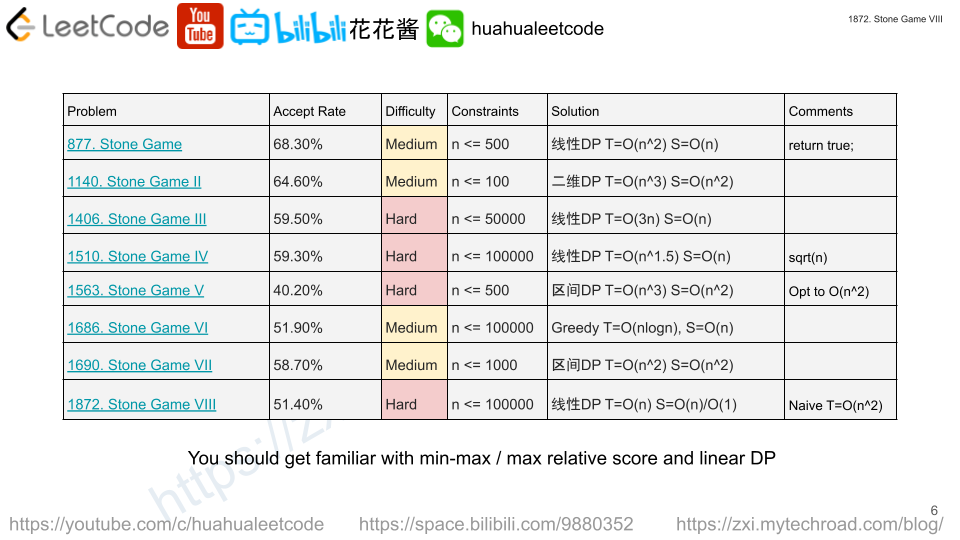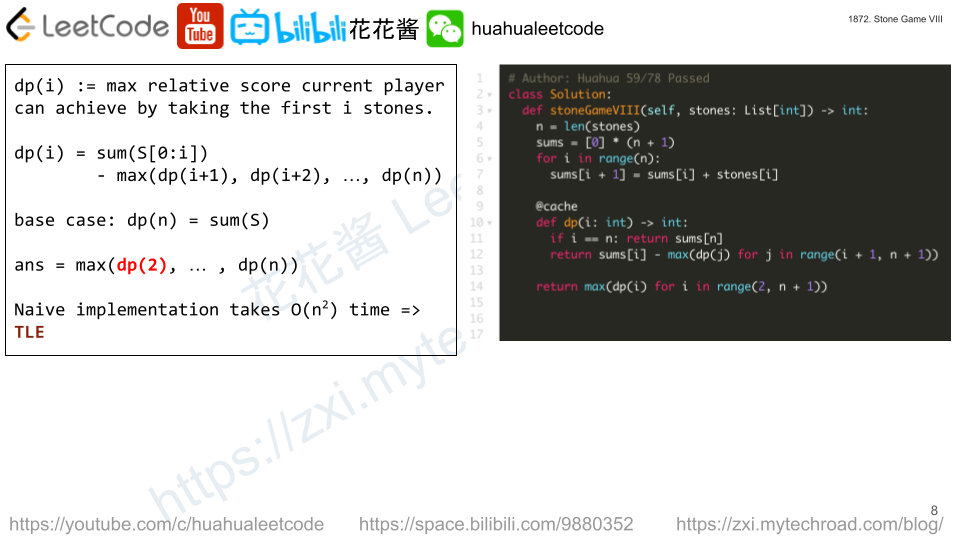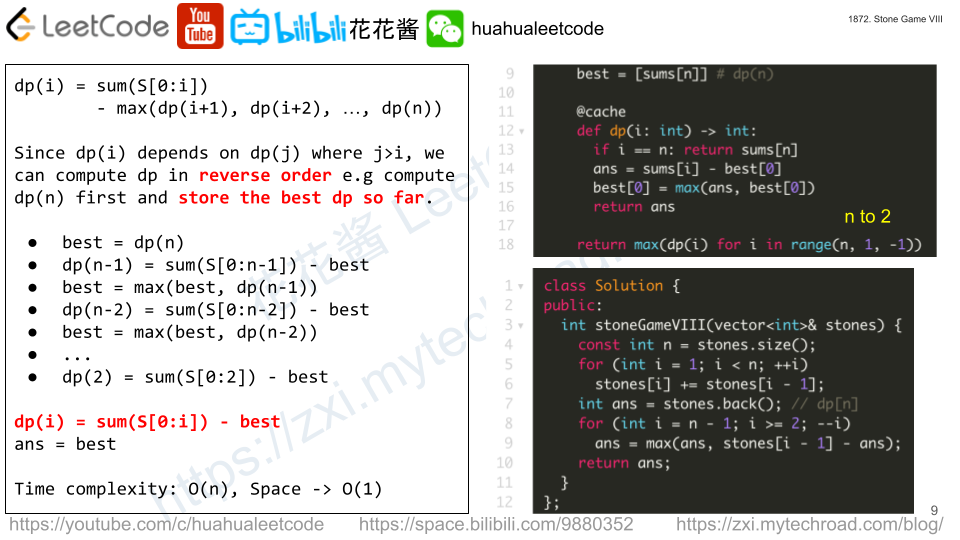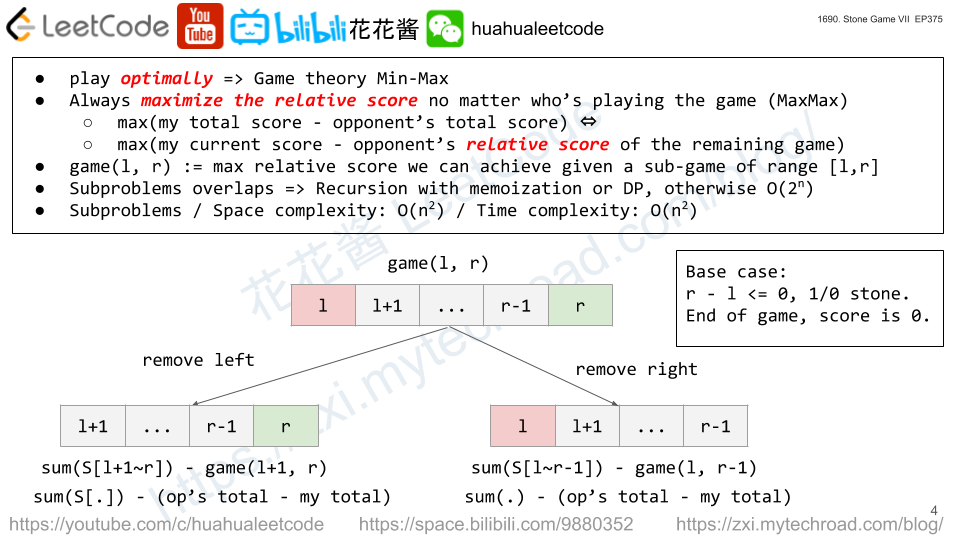前言:历史总是在押韵
前段时间,关于任天堂NS2“Key卡”模式的传闻闹得沸沸扬扬。所谓的Key卡,即实体卡带中不再包含完整游戏数据,仅存储启动授权(License Key)和少量引导文件,核心内容需通过网络下载。
玩家的愤怒可以理解——“我买了实体盘,却只买了个寂寞?”但如果你是经历过90年代PC游戏黄金期的老玩家,或许会会心一笑:这不就是当年的“Play Disc”吗?早在《星际争霸1》或《暗黑破坏神2》时代,我们不就是把游戏最大化安装到硬盘,CD光盘仅用来过DRM验证和播放CD音轨吗?
从FC的卡带到PS的光盘,再到如今PS5的SSD,游戏介质的演变史,本质上是一场存储成本与读取速度之间的永恒博弈。今天,我们就来扒一扒这本跨越40年的技术账。
第一章 硅基的浪漫:卡带的黄金时代 (FC/SFC/GB/N64)
在那个电子游戏的洪荒年代,ROM卡带(Cartridge)是绝对的王者。
1.1 毫秒级的快乐
FC(红白机)时代的卡带,与其说是存储介质,不如说是主机硬件的一部分。当你插入《魂斗罗》时,你实际上是把额外的电路板插在了主板的总线上。
- 优点: 极致的读取速度。由于直接与CPU总线寻址,读取几乎是零延迟。没有“Loading”界面是那个时代最被低估的幸福。
- 黑科技: 厂商可以在卡带里塞入特殊芯片。比如任天堂在SFC《星际火狐》卡带里塞了Super FX芯片来辅助3D运算,这在光盘时代是无法想象的。
1.2 昂贵的代价
卡带的致命伤在于容量与成本(Mask ROM)。
- 容量瓶颈: FC游戏通常只有几百KB(比如《超级马里奥兄弟》只有40KB)。到了N64末期,最大容量也不过64MB(512Mbit)。
- 价格高昂: 90年代一张正版卡带动辄400-600元人民币(按当时汇率),因为内存颗粒真的很贵。
第二章 光学的革命:容量的爆发与读盘的噩梦 (PS1/SS/PS2)
1994年,索尼PS1横空出世,通过CD-ROM彻底改变了游戏界。这场变革的核心逻辑是:用速度换容量,用廉价换市场。
2.1 650MB的震撼
一张CD拥有650MB-700MB的容量。这对当时最大只有几MB的卡带来说,简直是降维打击。
- CG与音质: 因为有了海量空间,《最终幻想7》才能塞入大量的预渲染CG动画和高音质音乐。
- 成本骤降: 压制一张光盘的成本不到1美元,而生产一盘卡带可能需要15-20美元。这让发行商赚得盆满钵满。
2.2 “Loading…”的恐惧
光盘带来了巨大的副作用:寻道时间(Seek Time)。光头要在盘面上移动读取数据,导致了漫长的读盘时间。
- PS1/PS2时代: 2倍速、4倍速光驱的读取速度仅为300KB/s – 600KB/s。
- 噪音与磨损: 飞速旋转的电机声和划伤的光盘成为了玩家的新烦恼。
第三章 混沌年代:混合模式与HDD的介入 (PS3/Xbox360/PC)
进入高清时代,DVD的容量(4.7GB/8.5GB)开始捉襟见肘,蓝光(Blu-ray)登场。但此时,光驱读取速度已经跟不上游戏数据量的膨胀了。
3.1 90年代的PC启示录(Key CD模式)
由于早期CD光驱速度慢(1x/2x),而硬盘速度快,当时诞生了“最大化安装”。
- 机制: 游戏逻辑、贴图全部Copy到硬盘。
- 光盘作用:
- Key(钥匙): 防盗版验证。
- CD Audio: 直接利用光驱播放CD音轨(节省CPU资源)。这就是如今“Key卡”模式的雏形。
3.2 强制安装时代
到了PS3和Xbox 360后期,以及PS4/PS5全世代,光盘实际上已经不再作为运行介质了。
- 现状: 当你把PS5的《战神:诸神黄昏》光盘插入机器,光驱会全速运转将数据“Copy”到SSD中。之后玩游戏时,光盘仅在启动时转动几秒钟验证License,随后便停止。
- 本质: 现代光盘,就是一张存满离线安装包的Key卡。
第四章 数据对比:卡带 vs 光盘 vs SSD
为了直观展示介质的优缺点,我们来看一张详细的参数对比表:
| 世代/平台 | 核心介质 | 典型容量 | 最大读取速度 | 生产成本 | 玩家体验关键点 |
| FC (8-bit) | Cartridge | 40KB – 1MB | 极快 (总线级) | 高 | 插卡即玩,无加载,怕震动 |
| SFC (16-bit) | Cartridge | 512KB – 6MB | 极快 | 极高 | 特殊芯片加持,价格昂贵 |
| PS1 (32-bit) | CD-ROM | 650MB – 700MB | ~300KB/s (2x) | 极低 | 海量CG,但读盘慢,易划伤 |
| PS2 (128-bit) | DVD-ROM | 4.7GB – 8.5GB | ~5MB/s (4x) | 低 | 依然受困于光驱速度 |
| PS3 | Blu-ray | 25GB – 50GB | ~9MB/s (2x) | 中 | 强制安装开始普及 |
| Switch | Game Card | 4GB – 32GB | ~100MB/s | 高 (专利费) | 回归卡带,便携,防苦味涂层 |
| PS5 | UHD BD | 100GB | 仅作为安装盘 | 低 | SSD速度(5.5GB/s)接管一切 |
| NS2 | Game Card + Card (Key) | 4GB – 64GB | ~800MB/s | 低 (如仅含Key) | 实体收藏 + 数字下载 |
第五章 现代困局:摩尔定律下的存储危机
为什么NS2要搞“Key卡”?为什么3A大作越来越大?
5.1 3A游戏的体积膨胀
随着4K材质、无损音轨的普及,游戏体积呈指数级增长。
- 《使命召唤》系列常年霸占150GB+。
- 《NBA 2K》系列动辄120GB。
5.2 Switch的“卡带税”痛点
任天堂Switch重新启用卡带(闪存介质),虽然读取速度(约100MB/s)远快于光盘,但面临巨大的成本压力。
- 成本阶梯: 8GB卡带很便宜,16GB尚可,32GB成本陡增,64GB卡带更是天价。
- 厂商对策: 为了省钱,很多第三方厂商(如2K Games)发行实体版时,只用8GB卡带装个开头,剩下50GB让你回家自己下载。这其实已经是“半Key卡”模式了。
第六章 未来展望:Key卡作为收藏,下载作为常态
对于未来的游戏发行“Key卡收藏 + 游戏下载”,不仅是趋势,更是解决“实体党”与“数字化”矛盾的最优解。
6.1 为什么这种模式是必然?
- 解决首日补丁(Day 1 Patch)悖论:现在的实体光盘,里面刻录的是版本1.0。但往往游戏发售当天就有几十GB的1.01补丁。那张光盘里的数据在发售那一刻其实已经“过期”了。既然都要下载,何必执着于把完整数据压在盘里?
- 环保与成本的双赢:生产高容量闪存卡(如64GB/128GB)需要消耗大量半导体资源。如果实体卡只是一张精美的、带有NFC验证芯片的塑料片(类似Switch卡带,但容量极小),成本将大幅降低。厂商省钱,玩家买卡带也不用因为“卡带税”而比数字版贵。
- 满足收藏癖(Shelf Value):玩家(包括我)买实体版,很多时候是为了那个盒子,为了把它摆在书架上。Key卡模式保留了封面、包装盒、说明书(如果有的话)以及一张可以拿在手里的“凭证”。
6.2 理想的“Key卡”形态
我设想中完美的NS2实体卡应该具备以下特征:
- 只读存储区(几百MB): 存储游戏的基础引导程序、离线授权Key、精美的电子说明书、原声OST。
- 写入存储区(可选): 允许玩家将自己的存档回写到卡带中(就像当年的记忆卡一样)。这样带着卡带去朋友家,既带了授权,也带了存档。
- 即插即得: 插入卡带,系统自动触发下载。
6.3 潜在的风险与担忧
当然,这种模式也有弊端,主要是游戏保存(Preservation)问题。
- 服务器关停: 20年后,当任天堂关闭了下载服务器,这张Key卡还能用吗?
- 解决方案: 法律应规定,当官方服务器关闭时,Key卡应被解锁为“离线安装包”的解压密钥,允许玩家从第三方归档库合法安装。
结语:从“拥有数据”到“拥有权利”
从红白机时代手里沉甸甸的卡带,到未来可能只是一张轻飘飘的“Key卡”,我们“拥有”游戏的方式正在改变。
曾经,我们拥有的是数据的载体;
未来,我们拥有的将是数据的访问权和一份实体化的纪念品。
NS2推行Key卡模式,只要能把省下的卡带成本让利给玩家,并做好网络基础设施建设,这或许并不是坏事。毕竟,对于真正的玩家来说,最重要的永远是屏幕亮起那一刻,那是通往另一个世界的钥匙——无论这把钥匙是金做的,还是数据做的。
附录 关于读盘速度
回顾PS1和PS2时代,读盘速度慢通常由两个核心原因造成:
- 光驱本身的物理限制(PS1是2倍速CD,PS2是4倍速DVD),寻道时间(Seek Time)长。
- 内存限制(PS1只有2MB主内存),导致无法一次性读取大量数据,必须频繁访问光盘。
以下是几个教科书级别的“读盘地狱”案例,包含具体数据和体验描述:
一、 PS1时代:2倍速光驱的噩梦
PS1时代最痛苦的往往不是RPG(因为切图慢大家还能忍),而是从街机或卡带移植的动作/格斗游戏。这类游戏在街机/卡带上是零延迟的,到了光盘上就变成了灾难。
1. 《合金弹头 1》 (Metal Slug) – PS1版
- 现象: 切屏即读盘。
- 数据: 每次关卡内切换场景(哪怕只是从这头走到那头),都需要 5-10秒 的“Now Loading”。
- 体验: 在街机上行云流水的动作射击体验被切得支离破碎。你刚打完一波兵,想往前冲,屏幕黑了,右下角出现Loading字样。原本15分钟能通关的游戏,在PS1上因为读盘硬生生拖到了25分钟。
- 原因: PS1内存仅2MB,存不下那么多精致的2D像素动画帧,必须打一段读一段。
2. 《拳皇 97》 (The King of Fighters ’97) – PS1版
- 现象: 回合制读盘。
- 数据: 选人界面进入战斗需要 15秒+。最要命的是,每打赢一个人,换下一个对手上场时,需要读盘 10-12秒。
- 体验: 3V3的对决,如果你把对面一穿三,你要看三次读盘画面。加上开场的Loading,一场几分钟的格斗,有一分半钟在看黑屏。
- 对比: 土星(SS)版因为有额外的4MB加速卡(扩充内存),读盘几乎不可感;而PS1版简直是折磨。
3. 《时空之轮》 (Chrono Trigger) – PS1版 (收录于FF Chronicles)
- 现象: 最著名的“反向移植”案例。
- 数据:
- 进入战斗: SFC版是瞬间进入;PS1版屏幕会黑并停顿 4-6秒 才能切入战斗画面。
- 打开菜单: 按下菜单键,需要等 3-5秒 菜单才会弹出来。
- 体验: 这是一个在SFC卡带上“秒开”的游戏。到了机能更强的PS1上,因为光盘寻道机制,连打开背包都要读盘。这种高频次、短时间的卡顿比一次性长读取更搞心态。
二、 PS2时代:大容量带来的“长考”
PS2虽然升级到了DVD,但游戏素材(纹理、模型、音频)的体积增长远超光驱速度的提升(仅4倍速)。
1. 《古惑狼:由于科尔特斯的愤怒》 (Crash Bandicoot: The Wrath of Cortex) – 初版
- 现象: PS2初期最著名的“读盘王”。
- 数据: 进入一个普通关卡需要 40秒 到 60秒。
- 体验: 在这将近一分钟的时间里,你只能看着主角Crash在屏幕中间做自由落体运动。考虑到这是一款动作游戏,玩家经常会死,死一次就要重新读盘或者读CheckPoint(也要很久),这种挫败感是毁灭性的。
- 后续: 由于骂声太大,后来发行的“Greatest Hits”廉价版优化了文件结构,将读盘时间缩短到了20多秒。
2. 《模拟人生》 (The Sims) – PS2版
- 现象: PC移植带来的水土不服。
- 数据: 启动游戏进入家庭可能需要 2-3分钟。如果在游戏中去邻居家串门,或者切换到“购买/建造模式”,经常需要等待 30-45秒。
- 体验: 这个游戏本来就需要频繁切换模式。由于读盘太慢,很多玩家干脆不装修房子了,或者不敢出门社交,硬生生玩成了“宅男模拟器”。
3. 《WWE SmackDown! vs. Raw 2006》
- 现象: 漫长的赛前准备。
- 数据: 这种体育类游戏,由于要加载几名摔角手的高精度模型、出场动画、专属音乐、场馆观众。一场比赛开始前的总读盘时间(包含出场)往往超过 1分半钟。
- 体验: loading条也是出了名的慢,经常卡在90%不动,让人怀疑死机了。
4. 《侠盗猎车手:圣安地列斯》 (GTA: SA) – 地图流送问题
- 现象: 这是一个特殊的例子,它没有Loading画面,但它读盘慢到跟不上游戏速度。
- 数据/体验: 当你驾驶战斗机(Hydra)在低空全速飞行时,PS2的光驱读盘速度跟不上地图数据的加载速度。
- 结果: 你会飞进一片模糊的色块中,或者直接撞上一栋还没加载出来的透明大楼。这就是典型的光驱读取瓶颈(Streaming Latency)。
三、 数据总结表:为什么卡带/SSD是神
我们可以对比一下这些操作在不同介质上的大致耗时:
| 操作场景 | FC/SFC/N64 (卡带) | PS1/PS2 (光盘) | PS5/XSX (NVMe SSD) |
| 打开系统菜单 | < 0.1秒 (瞬间) | 3 – 5秒 (甚至更久) | < 0.1秒 |
| 进入战斗/关卡 | < 1秒 | 15 – 60秒 | 1 – 3秒 |
| 死亡重开 | < 0.5秒 | 10 – 40秒 | < 1秒 |
| 高速移动中加载地图 | 无感 | 贴图模糊/物体消失 | 无感 |
光盘时代虽然带来了大容量和多媒体盛宴,但在“即时反馈”这一游戏核心体验上,实际上是倒退的。









